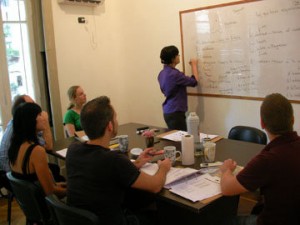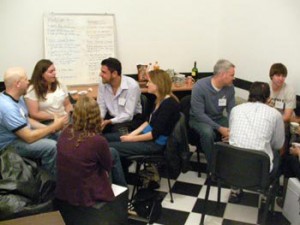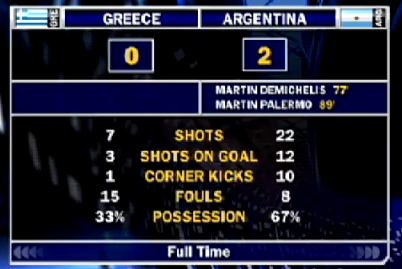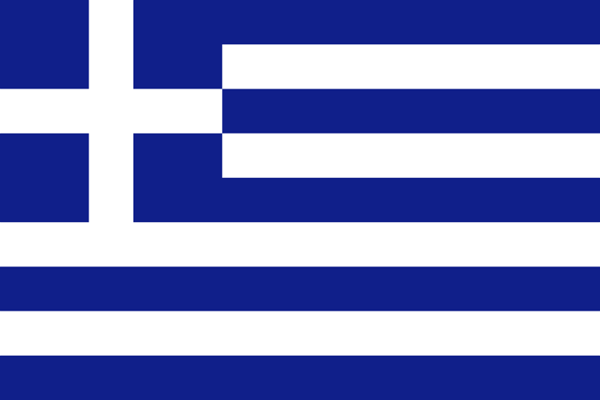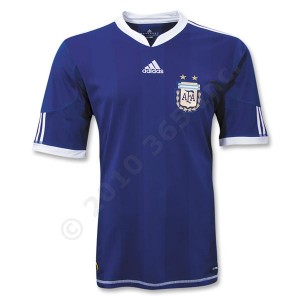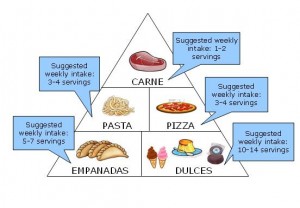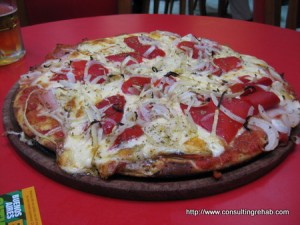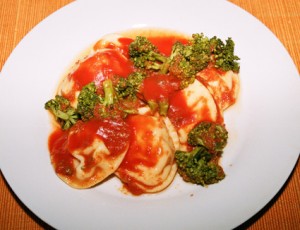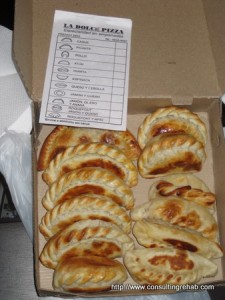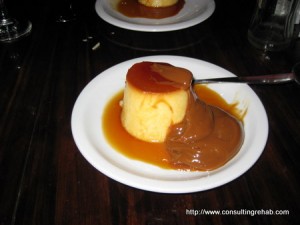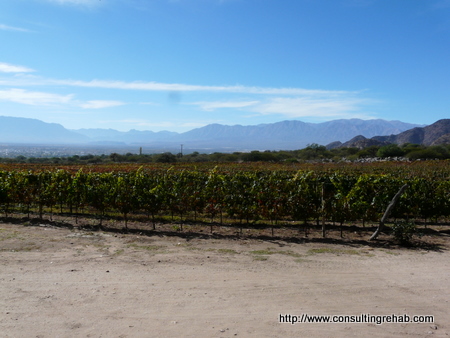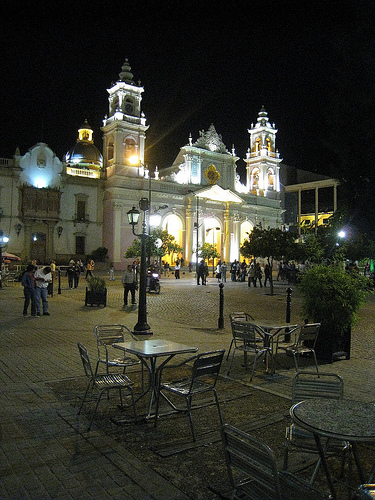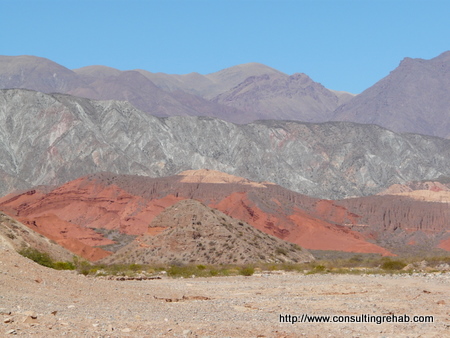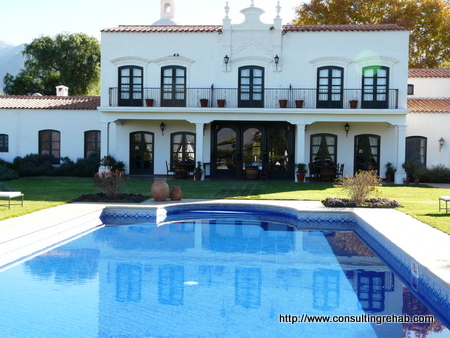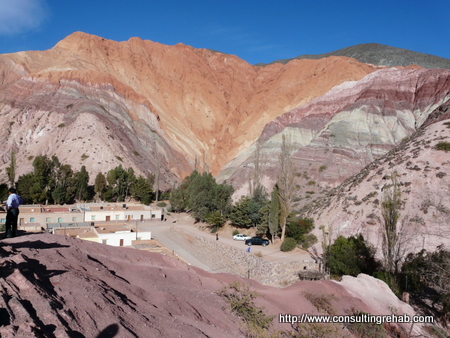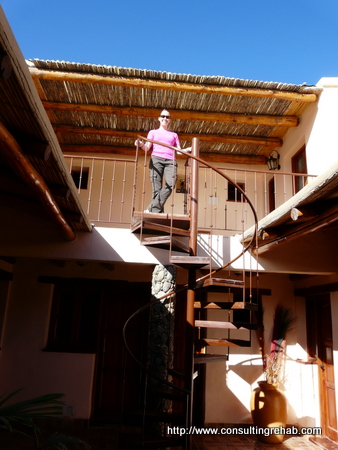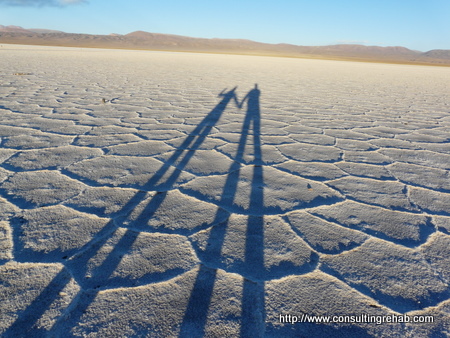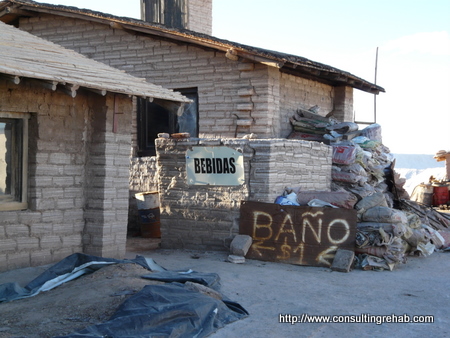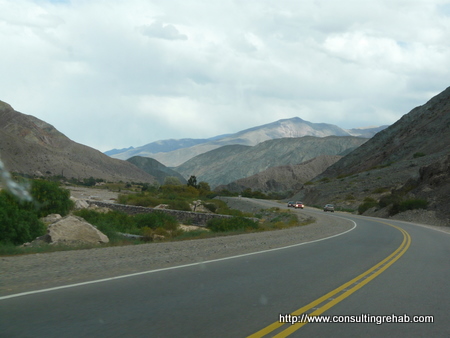UPDATE 1/9/2013: To avoid any confusion, this article/warning is NOT about the rental company DiscoverBA.com. We were recently contacted by the owner there who told us that this post has a high Google rank for “DiscoverBA review” due to a few similar keywords. While we don’t have any experience with DiscoverBA, they seem like a legit company and the scam below is definitely not referring to them.
—————————-
A reader recently emailed us asking if we could help publicize the story of how he got scammed out of getting his deposit back when renting an apartment in Buenos Aires in an attempt to shut-down the scammer (which has been remarkably successful thus far–read on…) and to help other people avoid becoming victims. We hate scams (and in Argentina, there are MANY), so we were happy to oblige.
Everything is done in cash in Buenos Aires (because no one wants to pay taxes), the police are corrupt and crime is high so you have to be extremely, extremely careful no matter what you are doing–being taken for your deposit on a rental apartment is, unfortunately, incredibly common unless you go with one of the reputable companies (which may cost a bit more, but you are guaranteed a great place and you will get your deposit back, so in my opinion, well worth it). Check out our guide on how to rent an apartment in Buenos Aires for some tips/tricks to minimize your risk and some mini-reviews of several agencies that we worked with.
The scam
Below is a reprint of the story that was just sent to us:
My six-month stay in Buenos Aires ended on a bad note this past Tuesday when I was scammed out of the deposit for the apartment I had been renting for three months starting in August. The apartment owner’s name is Valeria de Santos and the unit in question is located in Recoleta, at Larrea 1393 at the corner of French, apartment #PB2. I found it on Craiglist and jumped at the chance to live in a nice area for a relative bargain, though in hindsight renting through an agency or through a referral may have been the smarter way to go.
I had told Valeria that I needed to check out at noon because a cab would be waiting to take me to the airport. She arrived late with her mother and inspected the apartment to make sure it was in good order (it was). Valeria said that my deposit was waiting for me at her mother’s office, which was supposedly just a few blocks away, off of Pueyrredon and Santa Fe. She asked if her mother could get in the cab with me and get dropped off by her office where she would retrieve the deposit and return it to me.
I had dealt directly with the mother before when I first occupied the apartment so I didn’t find her suggestion odd. But I now realize that I made a number of mistakes. First, I returned the keys to Valeria before getting my deposit back. Secondly, I let my guard down and didn’t think to accompany her mother to the “office” after we dropped her off at the corner, opting instead to wait for her in the cab with my luggage.
The mother disappeared down the street and never returned. I waited 45 minutes and called Valeria a dozen times before telling the driver that we needed to leave because I couldn’t miss my flight. I called her numerous times at the airport and e-mailed her with no response. I was finally able to reach her Wednesday, when she assured me that she would wire the funds to me via PayPal that same day. Well, it didn’t come through, and I’ve been calling and e-mailing her since with no luck. My messages to her have gotten angrier and angrier to the point where I threatened to hop on a plane the next day and come looking for her — which I would be crazy enough to do if I was confident I could track her down.
The strange thing is that Valeria and her mother were a pleasure to deal with during my three-month stay in the apartment, responding to my calls and e-mails and showing up to address any problems promptly. It’s bizarre that they would pull something like this off at the very end.
I’ll continue to call and e-mail and harass Valeria and her mother in any way I can until I get my money back, and perhaps I’ll find myself in Buenos Aires sooner than I think. But for now, I’d just like to defame her on every relevant forum I can find and bring awareness to what I went through. Hopefully you’ll learn from my mistakes.
It’s really too bad that this happened, but I will say that to get out of Buenos Aires after 6 months and only be scammed out of $200 is actually pretty darn good. In our 6 months, we encountered taxi scams (fast meter), counterfeit money scams, tour guide pricing scams, and were almost taken for $400 on the deposit for our first 2 week apartment. Good times.
The entertaining part
The above story was actually posted on the local Buenos Aires expat forum. Within about 5 hours, there were 100+ responses by the expat community. Many of them decided to use some clever online detective skills to determine that this woman and her mother had been running scams on tourists in BA for years – not only via apartments, but also through a fake Spanish school, a fake tour guide business and many others. They also found her real name, address, phone number and other personal details (including where she has claimed to be an Oxford trained lawyer on Wikipedia among other places).
As the expats diligently uncovered more and more information about this woman, strangely enough all of the websites and references to her many ‘businesses’ started disappearing from the internet. Clearly many of the expats are software developers though and they were able to backup pretty much everything and rehost on alternate off-shore servers. The thread on the forum showing this whole thing unraveling is long, but extremely entertaining and worth taking a look at: http://baexpats.org/expat-life/11930-stay-away-apartment-rental.html
A summary of what was uncovered
One of the members on the expat forum put together a nice summary of many of the facts uncovered which I’ve reposted below. Note: this isn’t interesting reading, I’m just reposting it so that there is yet another website that has all of these keywords in hopes that any future potential victims do some googling before doing business with her.
So, in summary this thread is a warning about Florencia Marina Daud (aka Florencia Daud Othacehe). It is strongly advised that you avoid any kind of business dealings or financial transactions with her. If you do enter into financial dealings with her it is recommended that you proceed with extreme caution. She has disappeared with the deposits of several visitors to the city who entered into temporary rental agreements with her.
Florencia Daud
DNI: 26260151
CUIT: 272626015115 (click on the green arrow to see a picture from the website http://www.nic.ar/entidades.html)She has gone under the names Valeria de Santos and Veronica and often uses the username flormarina on the internet.
Her mother has used a name similar to Maria Eugenia
She has had various businesses registered to her addresses:
Discover BA
Florencia Marina Daud (discoverba@hotmail.com)
+1.5411480527
Fax:
Av Pueyrredon 2261
Buenos Aires, Buenos Aires 1119
ARD&A Daud & Asociados
Av. Pueyrredon 2261 2nd floor
BUENOS AIRES – ARGENTINA
tel/fax +54-11-4805-2742Recoleta Spanish School
Pueyrredon 2261, 2nd floor
Entidad Registrante: Florencia Daud
País: Argentina
Actividad: Otra
Domicilio: Chenaut 1967 4 A
Ciudad/Localidad: Buenos Aires
Provincia: Buenos Aires
Código Postal: 1426
Teléfono: 4776 3188
Fax: 4776 3188D&A Daud & Asociados Buenos Aires, Argentina
Address : Av. Chenaut 1967 4 A, Buenos Aires 1426, Argentina
Phone No. : +5411-4776-3188According to the Colegio Público de Abogados de la Capital Federal, she’s licensed to practice law here in Capital. Click the green arrow for a picture from the website.
Other phone numbers she has used:
15-5346-4957
15-5259-1319And email addresses:
sweetmarina2007@hotmail.com
valeriadesantos@hotmail.comShe has advertised her apartments on craigslist
She appears in wikipedia
She has an account on EchangeVacances.com (click for pictures)and has had various personal and business web pages of her own most of which have been taken down since these accusations have appeared:
http://www.buenosairesguest.com/
http://florenciamarina.blogspot.com/
http://daudlegal.com/If you have been a victim of a scam as a visitor you can contact the following authorities:
Defensoría de Turista, 4302 7816. Av. Pedro de Mendoza 1835 (Museo de Bellas Artes “Benito Quinquela Martín”) La Boca.
Mail: turista@defensoria.org.arComisaría del turista
Av. Corrientes 436
0800 999 5000 / 4346 5748
mail: turista@policiafederal.gov.arIf you have returned to your country and are unable to retrieve funds owed to you by identifiable persons as a last resort you can tell them you are going to contact AFIP (the revenue authorities) to have their tax records reviewed:
http://www.afip.gov.ar/contacto/
Centro de denuncias : 0800-999-2347There is also another thread about the activities of Florencia Daud on TripAdvisor
In Summary
Be careful in Buenos Aires (and/or wherever you are traveling) and if something like this happens to you, let the online communities know about it – they may or may not be able to help you directly, but they can certainly help get the word out so that it’s harder for scammers like this to be successful.
Thanks again for the tip!

